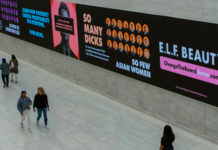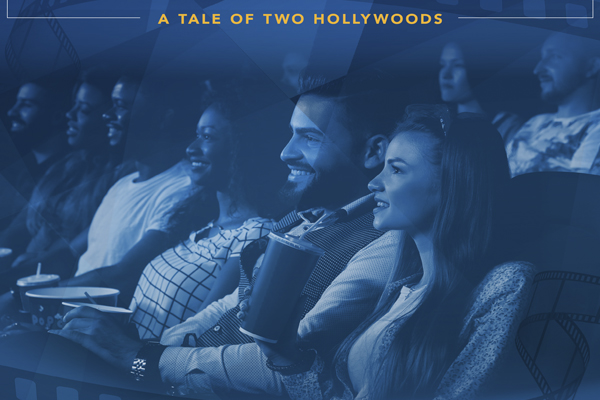While numbers are up on film sets with more women and minority actors, there has been less progress in the executive suites and the director’s chair, according to UCLA’s latest report on Hollywood diversity. When it comes to key jobs in the film world, the seventh UCLA annual report tells two very different tales. The 2020 Hollywood Diversity Report: A different story behind the scenes reveals that over the last two years, women and people of colour are now better represented in on-screen roles, but underrepresentation remains a problem for writers, directors and top executives in the film industry.
The report, which focuses on the top-grossing films of 2018 and 2019, reveals that movies with diverse casts continue to resonate with diverse audiences. In 2018, people of colour accounted for more than 50% domestic ticket sales of 6 out of the top 10 films. In 2019, minorities bought at least 50% of tickets for 9 out of the top 10 films. It’s an indication that the film industry is starting to get the message that diversity sells, according to UCLA’s authors.
Furthermore, in 2018, films with casts made up of 21% to 30% minority actors had the highest median global ticket receipts. In 2019, films that performed the best at the box office were even more diverse, with casts in the 41% to 50% minority range.
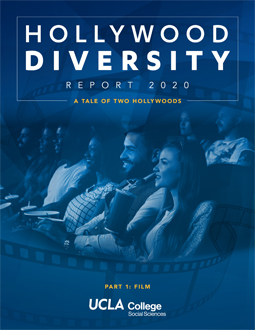
IMPROVING ON-SCREEN DIVERSITY
So the business case has been made. Finally the number of women and minorities in on-screen roles are getting closer to representing the nation – where women account for 50% of the US population and people of colour more than 40%, according to UCLA’s report.
Of the 139 films analysed (highest gross global ticket receipts of 2018), 41% of lead roles went to women and 26.6% to minorities. Among all acting roles in those films, 40.4% went to women and 30.9% to people of colour. Things improved somewhat in most lead casting roles last year. Women had 44.1% of lead acting roles and 40.2% of the total cast in the 145 films examined in the report; and people of colour made up 27.6% of lead actors and 32.7% of all film roles in 2019.
BEHIND THE CAMARA SCENARIO
Yet, despite the increasing diverse on-screen representation, the latest Oscar nominees were predominantly white, revealing that Hollywood still has a diversity problem. Just a year after women and minorities made major strides at the Oscars in 2018, 19 of the 20 acting nominees for the 2019’s Academy Awards were white. Despite the fact that several critically acclaimed films were directed by women in 2019, not a single woman was nominated for best director.
So things haven’t changed much behind the camera. White men remain firmly in charge of which films to greenlight, who will direct them and how they will be marketed. The report’s analysis of 11 major and mid-major studios, found that 91% of C-level positions are held by white people and 82% are held by men. Among all senior executive positions, 93% are held by white people and 80% by men. Further down the organisational chart, gender equality is slightly better: studios’ film unit heads are 86% white, of which 69% are male.
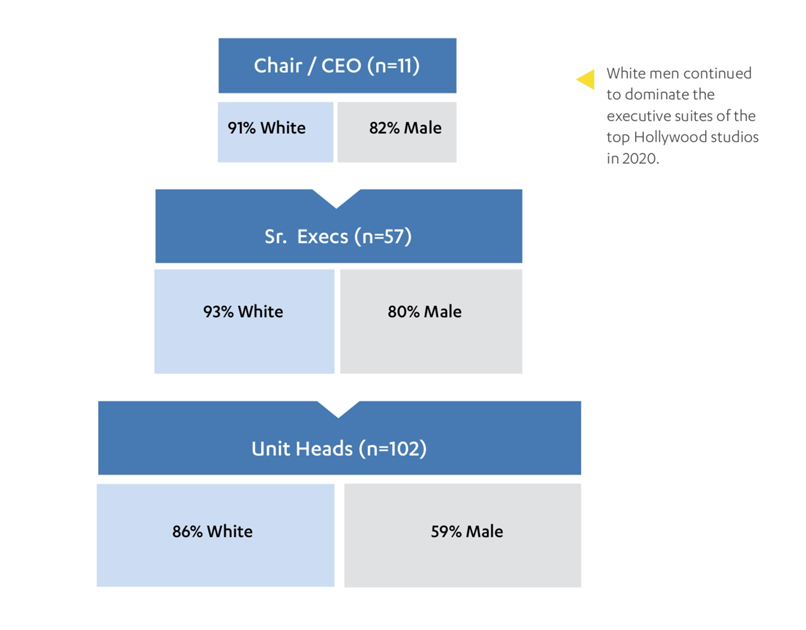
When it comes to writing and directing, minorities and women have gained some ground in recent years, compared to their white and male counterparts, but still have a long way to go, reveals the report. In 2018, just 7.1% of the directors of top-grossing films were women and 19.3% were people of colour. In 2019, women posted meaningful gains to reach 15.1%, but minorities directed just 14.4% percent of the top box office movies, a slight increase over recent years. Women earned 14.8% of writing credits on the films analysed in 2018, and minorities claimed 10.4%. Both figures improved in 2019, with 17.4% of writing credits going to women and 13.9% to people of colour.
TWO DIFFERENT TALES
Commenting on the report results, Darnell Hunt, Dean of the UCLA College Division of Social Sciences and the report’s co-author, stated: “As of 2019, both women and minorities are within striking distance of proportionate representation when it comes to lead roles and total cast. But behind the scenes, it’s a very different story. That begs the question: Are we actually seeing systematic change, or is Hollywood just appealing to diverse audiences through casting, but without fundamentally altering the way studios do business behind the camera?”
The report’s co-author, Ana-Christina Ramon, Director of Research and Civic Engagement for the UCLA College Division of Social Sciences, pointed out: “Although the industry is changing in front of the camera, white men are still doing the overwhelming majority of the green-lighting and making the major decisions behind the scenes at the studios. That phenomenon largely dictates what stories get told and who gets the all-important jobs in front of and behind the camera.”
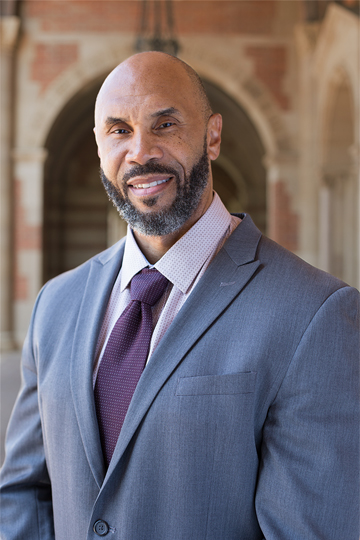
DIVERSITY BY ALL MEANS NECESSARY
The authors published another report at the end of last year containing a strategy that could help push the needle on Hollywood diversity and inclusion (D&I). The report, All M.E.A.N.S. Necessary: Essential Practices for Transforming Hollywood Diversity and Inclusion, outlines five essential practices suggested by the title’s acronym (Modernise, Expand, Amplify, Normalise, Structure) that studio chiefs should follow:
- Modernise their worldviews of the evolving American audience, which is now 40% minority and 50% female. Businesses can do this by establishing a public statement about their diversity mission, setting specific goals with timelines that support the stated mission, and teaching employees that change is not only inevitable but beneficial.
- Expand hiring searches to include candidates of diverse racial, ethnic, gender, disability and LGBTQ backgrounds. In part, companies can do this by tapping into databases like Creative Artist Agency’s list of TV writers of colour and Women in Hollywood’s female filmmakers roster, and by expanding outreach to colleges.
- Implement a robust strategy to amplify the roles of women, and women of colour in particular, in leadership roles. Previous research has shown that when women occupy leadership roles, projects and work environments are considerably more inclusive.
- Normalise compensation packages, especially for entry-level jobs, because minority hires from non-affluent backgrounds often cannot afford to take low-paying jobs despite their high-value networking opportunities.
- Structure incentives for decision makers to prioritise D&I at all levels.
SUSTAINABLE ACTIONS
“Clearly there is no one-size-fits all approach to this issue, and making meaningful change is a deliberate process that requires sustained effort and a commitment to carry out the work at all levels from top to bottom,” added Ramon. “We’re offering a list of sustainable actions that can be refined and adapted to fit any existing efforts. This problem won’t solve itself. The path ahead must be paved with intention.”
However, all five practices must be integrated to achieve the kind of meaningful change that would enable Hollywood to reflect America’s increasingly diverse mainstream, according to Ramon and Hunt. Part 2 of the report, which covers the television industry, will be published in April this year.
Click here for more information on All M.E.A.N.S. Necessary: Essential Practices for Transforming Hollywood Diversity and Inclusion.
Download The 2020 Hollywood Diversity Report: A different story behind the scenes here.



